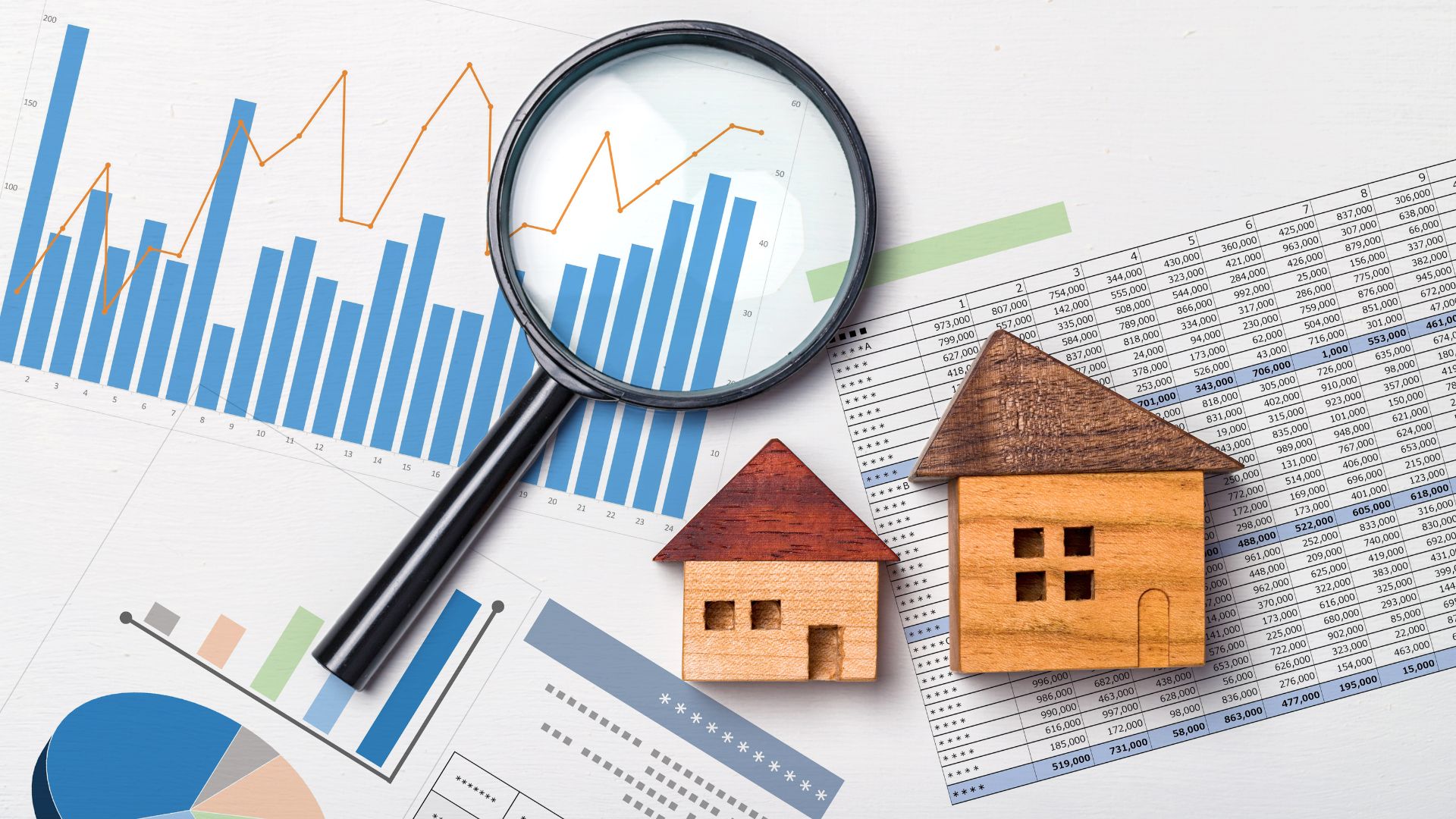Everyone says that in real estate, you make your money when you buy. Conventional wisdom states that what really matters is to make sure you are getting a good deal–don’t over pay, make sure the location is good, etc. If you do that, when you come to sell in x number of years you’ll be fine. Because you made your money on the buy.
Today, we’re going to debunk that message–at least as it relates to value-addValue-add is a strategy where an investor or property owner seeks to increase the value of a property by making significant improvements or changes to it. The goal is to enhance the property's appeal, functionality, and income-generating potential, which can lead to higher rental income, increased property valuation, and improved overall performance. View Definition apartment investing–and talk about how you make your money on the sell. Obviously we aren’t looking to overpay for a deal today, but when we are underwriting and acquiring a new asset, we are obsessed with thinking about the exit strategy. We think that is the key to meeting our proforma projections and exceeding investor expectations. In our opinion, thinking though exit scenarios is the most important part of your underwriting. Because you make your money when you sell.
Here are the four main factors we are thinking about when it comes time to sell a property.
The Debt
We recently wrote an article talking about debt, and the factors to consider when selecting your debt product. When we think about selling a project in the future, we’re making sure our debt solution matches up with our business plan. If we’re planning a 7-year hold, we’re very unlikely to consider a 3-yr bridge loan; if we’re thinking about a 5-year hold, putting a 10-year fixed rate loan doesn’t make much sense due to high potential pre-pay penalty. (Again, encourage you to read our last article)
Our most recent acquisition provides a perfect example: we are buying a 350-unit asset in Austin, and are planning to hold it for 7-years. Right as we put this property under contract, the US treasuries started dropping like a rock, which would lower our interest rate. We had been planning to get a 10-year fixed rate loan, which fits well with a 7-year hold. However, in thinking about the exit plan at sale, we chose to take advantage of the lower US treasury and buy down the defeasance. In our analysis, it was better for the project (and our investors) to give us a lower pre-pay penalty when we we’ll be looking to sell the property, and still deliver an interest rate that we underwrote to.
The Cap Rates
Real estate assets are valued with a cap rate–a standard measure that measures how much return you can expect if you had no debt on a property. Most groups are looking to solve to a certain cap rate–thereby “guaranteeing” them a certain level of return; many value-add groups are less worried about the cap rate today–the “going in” cap rate– than they are with what they think the cap rate will be in a year or two when they are done with their renovation plans.
In today’s market, we are seeing value-add deals trade with a cap rate at or below what newly built Class A deals trade at, precisely because the buyers (like us) know they can increase the Cap Rate within 24 months.
How does that relate to a sale? Well, the more “meat on the bone” that exists on a value-add deal, the lower the cap rate. If your ultimate buyer can renovate 75% of the units and force the appreciationThe increase in the value of a property over time, usually due to factors such as market demand, economic growth, infrastructure improvements, and inflation. View Definition on ¾ of the units, they are typically willing to pay a little more for that deal than if only 25% of units remain untouched. As we define our business strategy and determine how many units we are going to renovate, you better believe we are thinking about and calculating the impact of renovating fewer units to sell for a lower cap rate
The Buyer
We’ve already mentioned them a couple of times in this article, but you have to be thinking about who is going to buy your property you when you sell. After all, you can’t sell a property if no one wants to buy it.
As we define our business plan for each asset, that plan is going to determine who might be interested in buying our property. If we renovate 100% of the units, the asset is going to appeal to a different buyer pool–likely institutional groups like REIT’s that want a stabilized, headache free asset that spits out consistent cash flowThe money that is left over each month or year from the property's income after paying for operating costs, mortgage, taxes, and other expenses. Positive cash flow occurs when the income exceeds the expenses, while negative cash flow indicates that the property's expenses are higher than the income it generates. View Definition. If we want to appeal to a value-add group (and take advantage of the lower cap rate mentioned above) we might renovate fewer units so there is meat left on the bone. Or, we might have a little longer hold period so that when we come to sell the property, the next buyer sees value add potential. How does that work? Well, if we execute our value add plan in Year 1, and plan to hold onto a property for 7 years–those renovated units are probably going to look a little tired in 7 years. Styles will have changed, our “updated” look might feel a little dated–and another group can come in and update the properties to the taste of the day. In either scenario, we’re thinking about the buyer–and the sale–to maximize our profits.
The Marketing
I’m a marketer so I’m always thinking about marketing. What assets does this property have that will be attractive when we sell it? Obviously we’re buying in strong Texas markets that are growing and appreciating. So that piece is pretty simple–we believe Class A & B assets in Suburban Texas markets will always have appeal.
But we’re also looking at other elements of a property that will be attractive to future buyers. Things like condition of the major systems. How recently the siding was replaced, the exterior was painted, etc. Anything our next buyer doesn’t have to spend money on means more money in our pocket.
Again referencing our 350-unit deal for an example. This property has a tin roof, and several years ago had a new paint-like coating applied to the roof. That product extends the life of the roof, changed the look and most importantly came with a 20-year warranty. As we buy the asset, there are 16 years left on the warranty. As we got into our Due Diligence period there were some questions about the warranty that sprang up–which led to some internal dialog about the value of the warranty. How much value does the warranty provide in real dollars to us? How much will our next buyer value a warranty with 10+ years remaining on it? I know to us the warranty had real value as a buyer as we didn’t have to think about spending much money on the roof. I want to make sure we can provide the same level of confidence to the next buyer that we had.
Let me know if you have thoughts about how we approach scoping out a strong sell. After all, getting a good deal on the buy is nice but it doesn’t really mean much if you don’t do just as well on the sell!

Andrew Campbell is a native Austinite and Managing Partner at Wildhorn. He is a real estate entrepreneur who first broke into the business in 2008 as a passive investor. In 2010 he transitioned into active investing and management of a personal portfolio that grew to 76 units across Austin and San Antonio. He earned his stripes building and managing his personal portfolio before founding Wildhorn Capital and focusing on larger multifamily buildings. At Wildhorn, he is focused on Acquisitions and maintaining Investor Relations, utilizing his marketing and communications background to build long-term relationships.







